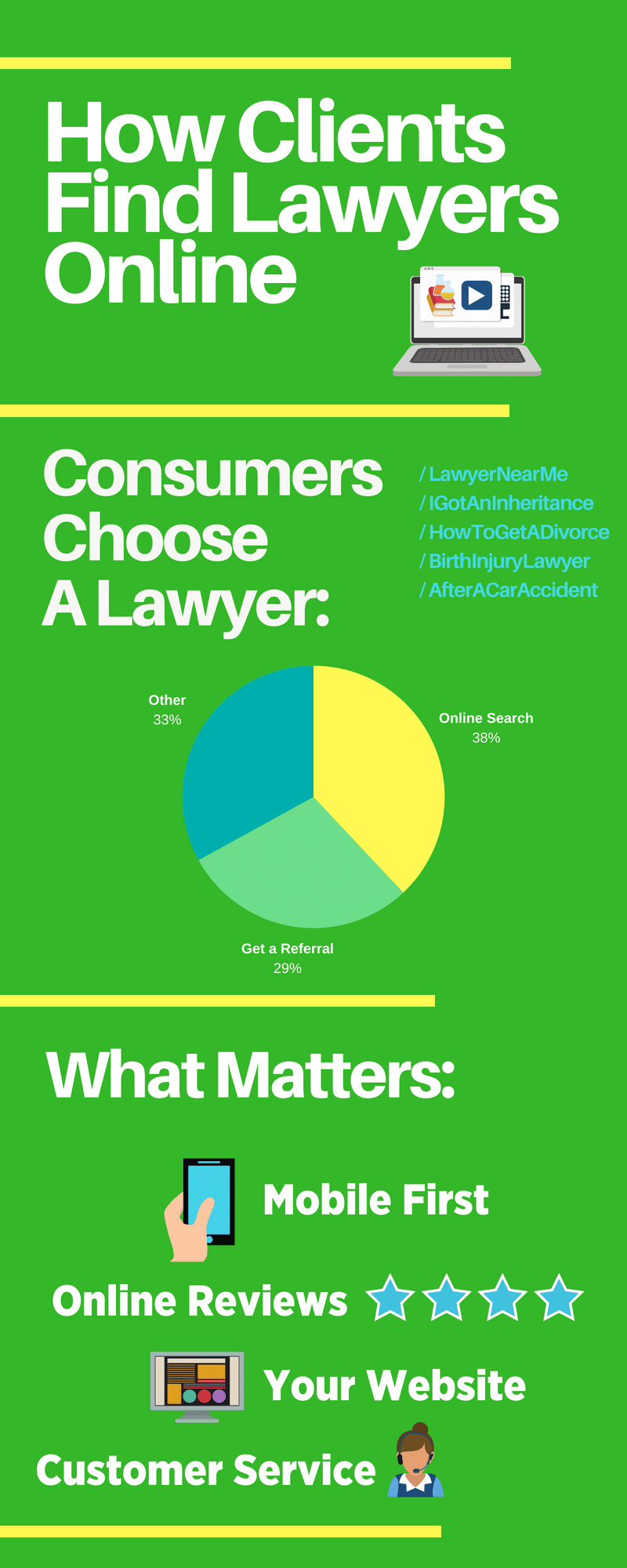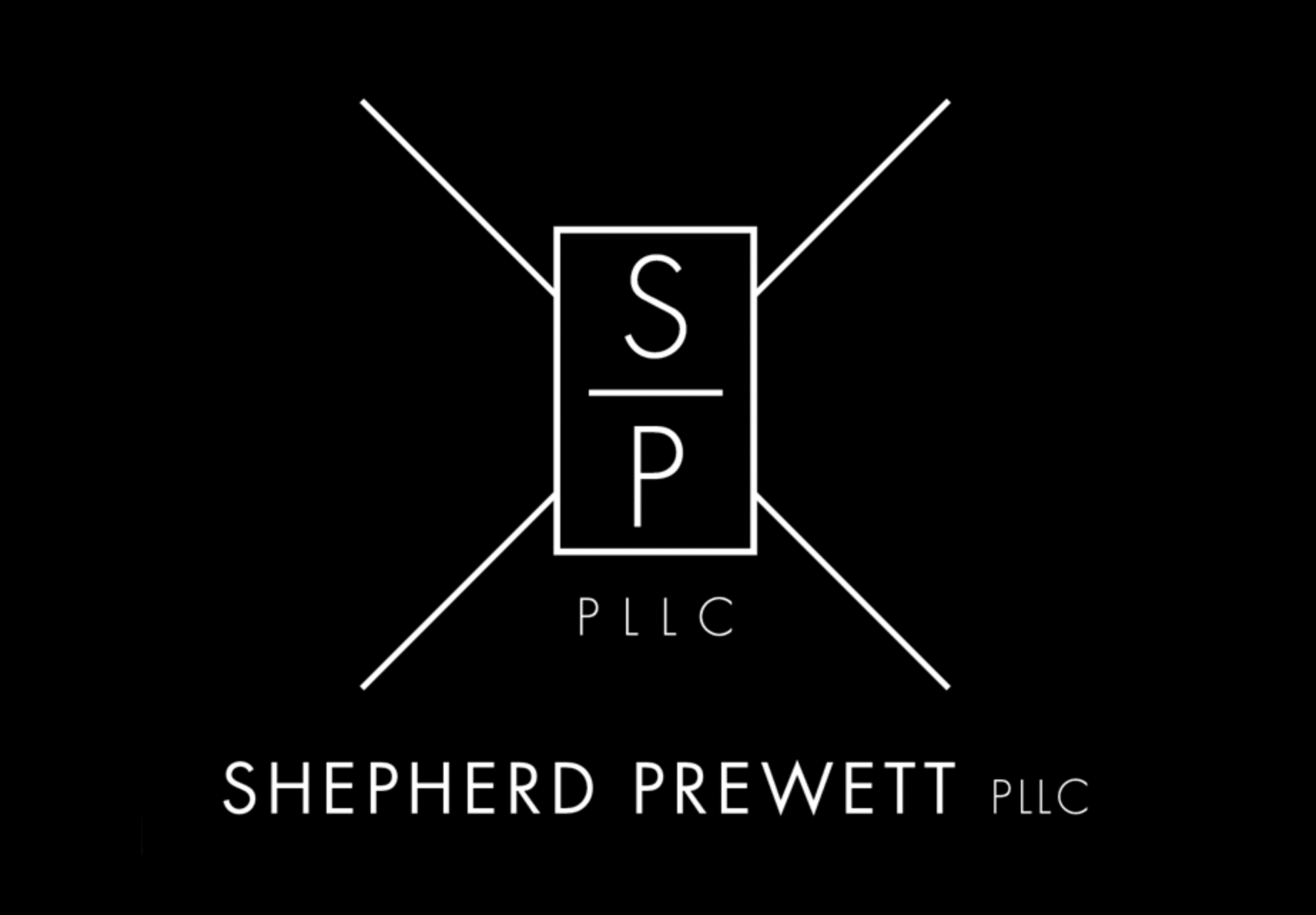
What makes a leader great?
It sounds like a simple question, but it’s one that’s difficult for many to answer objectively. Collective wisdom says great leaders are important. Why then, is greatness so difficult to pin down?
It actually isn’t.
It’s simply something we don’t know that we know. It’s difficult to put into words, until we see it. When we see it the reaction is immediate.
“That. Right there. That is great leadership.”
The hidden reality of leadership few will admit to
I’m talking about meta communication.
What exactly is meta communication? George Bateson coined the term to describe our “communication about communication.“
Which means… what?
Meta communication a hidden layer of communication that exists in our day to day lives. It’s a consistent stream of communication that flows through an organization. From one person to the next in a continuing, endless loop.
It’s an inevitable part of communication.
Your words and actions send a clear but unspoken message about yourself, the firm and your perception of those around you.
Here’s an example.
A recent survey of 124 law firm managing partners, conducted by industry consultants Patrick McKenna and David Parnell, a whopping 93 percent of firm leaders report bullying at their firms.
The worst part?
The bullies at these firms are the high earners. They know their rainmaking abilities give them power and many are opting to use that power selfishly.
Let’s jump into the meta layer.
What does this kind of behavior say to everyone at the firm?
- You’re not safe here
- Don’t trust anyone or the wrong person
- Hide your thoughts and feelings
- Don’t show your co-workers who you really are
- Lying is a good way to protect yourself
- If you aren’t a powerful high earner, you can’t change the problem
This poisons a firm’s culture. It destroys morale.
Here’s the thing about meta communication. Everyone in the firm contributes to the pool of meaning. Partners, associates, paralegals, administrative assistants.
As a leader your contributions do more
We emulate those we follow.
As a leader, your ideas infect your co-worker’s contributions (for better or worse). Your success creates influence and persuasion, leading others to adopt your behaviors as their own.
Those who don’t follow leave.
Those who stay, but disagree, deal with the positive or negative consequences of your actions. Leaders function as a sort of informal king, influencing and guiding those around them.
As the king, so the people.
Which brings us to leadership qualities. What are the qualities peers admire in a leader?
Most focus on character.
But this is the starting point. The foundation for a great leader. If you don’t have good character, you aren’t a great leader. I’ll touch on that briefly.
So what qualities are we discussing then?
Quality #1: Good character and ability
Outstanding leaders typically have the following qualities.
- A high degree of intelligence
- Trustworthiness
- Honorable
- Consistent top performers
- Very hard workers
- Resourceful, going above, under, through obstacles
- Self aware and humble
- Teachable
- Kind to others regardless of their status or station in life
- Driven by values, morals and ethics
- Are strong, capable, confident and powerful
Most pundits list these details as the most admirable leadership qualities to have and they end there. But these are just the starting point.
Quality #2: They don’t assert their power over others
An exceptional leader fights for agency.
They do their very best to respect their peer’s choices even if that means they have to walk away from the relationship as a result of that.
They avoid ultimatums.
That’s the thing with ultimatums, they can be implicit or explicit. Great leaders recognize that choice is the best motivator for those around them. They work to control their environment, conditions and circumstances – never people.
They’re sensitive to their peers.
They don’t brag about their bonus with associates who haven’t received theirs. They’re mindful of the stress that up and comers may be under.
You’ll never hear a variation of “do it or else!” from them.
Quality #3: They build their peers up, legitimately
They humble themselves and serve those below them when needed. They bring opportunity and success to their peers. They’re more than willing to recommend a peer for a position if there’s a legitimate fit.
They give without expectation of return.
The professional world is dominated by claims of “I did this for you so you owe me.” These exceptional leaders recognize that some things that are more important than money.
They give generously and receive gratefully.
They remember the favors and goodness others have given them and they pay it forward. They take the opportunity to brag about the accomplishments of others.
They teach them.
They make themselves available to those who can’t reward them in any way. This isn’t about pro-bono work. It’s about serving others because you recognize the value of doing so.
Quality #4: They pay their debts
Some partners feel it’s okay to take advantage of their associates.
“It’s par for the course” they say.
Exceptional leaders are different. They give without expectation of return but they receive with the intention to reward. They work to remember every courtesy, favor or kindness granted to them.
Then they respond accordingly by.
- Rewarding their giver
- Paying it forward in a bigger way
- Forgetting about their gift and moving on
They pay their debts but give out gifts. This is a hard path to follow. Many people give with expectation – they want to make sure they get what’s theirs. There’s a fundamental principle that ensures that will happen.
You reap what you sow.
We apply this inconsistently assuming it works with negative outcomes. But it works both ways.
You have greatness inside you
You can change the meta communication at your firm. Great leaders are made; we recognize them when we see them.
Greatness, your exceptional leadership qualities…
They’re all about communication. Your meta communication adds to the pool of meaning. With words, through your actions. It’s the hidden reality of leadership we don’t know that we know.
Share your greatness with those around you.
Your peers recognize greatness, but they won’t know until they see it. Might as well be from you.







 Bill4Time product team releases new and enhanced features, system improvements, and bug fixes several times per week. Organized by month, the Release Notes blog series will highlight all the changes we’ve implemented, so you can easily stay up-to-date on what’s new. If you have a question, feedback, or an idea – please leave a comment below!
Bill4Time product team releases new and enhanced features, system improvements, and bug fixes several times per week. Organized by month, the Release Notes blog series will highlight all the changes we’ve implemented, so you can easily stay up-to-date on what’s new. If you have a question, feedback, or an idea – please leave a comment below!
